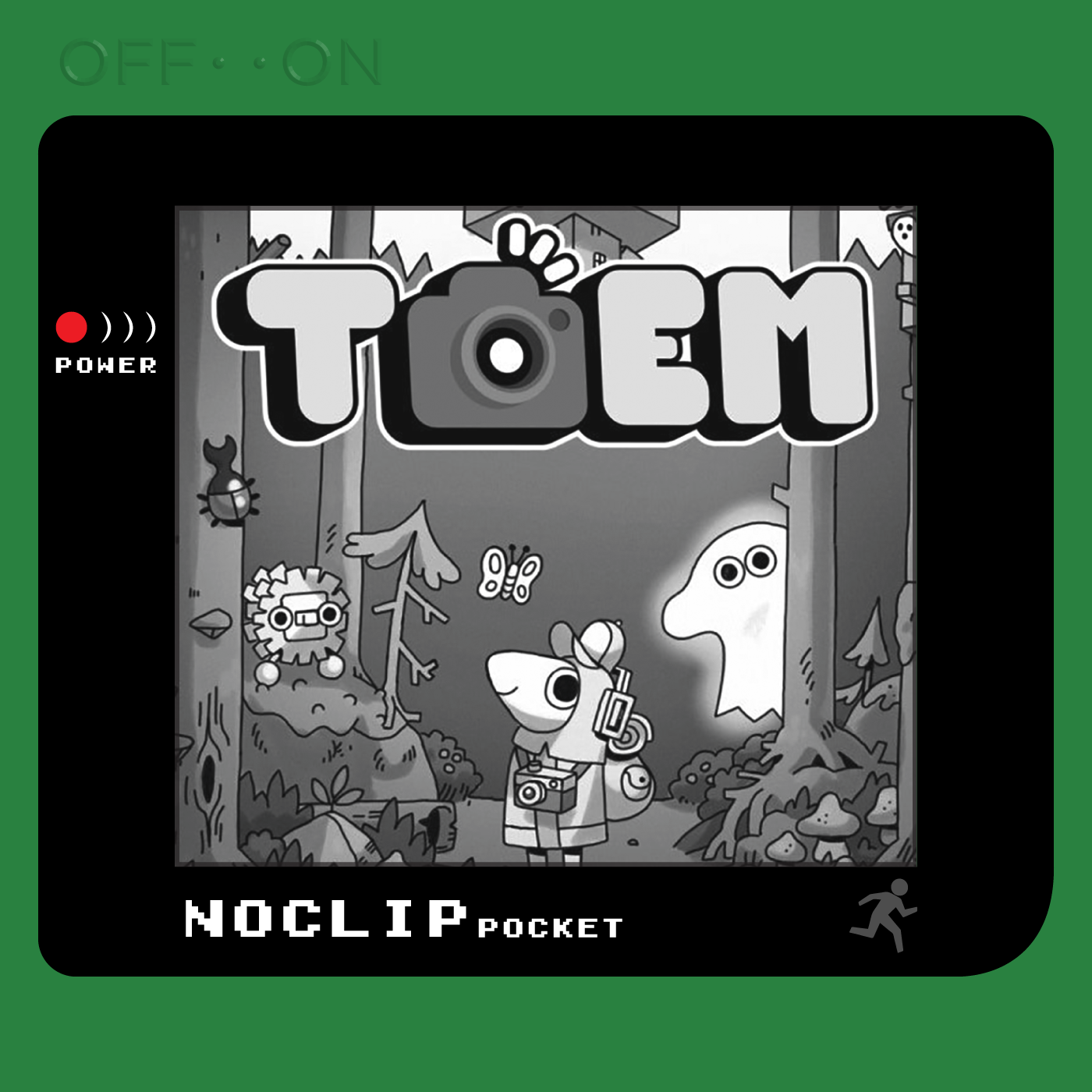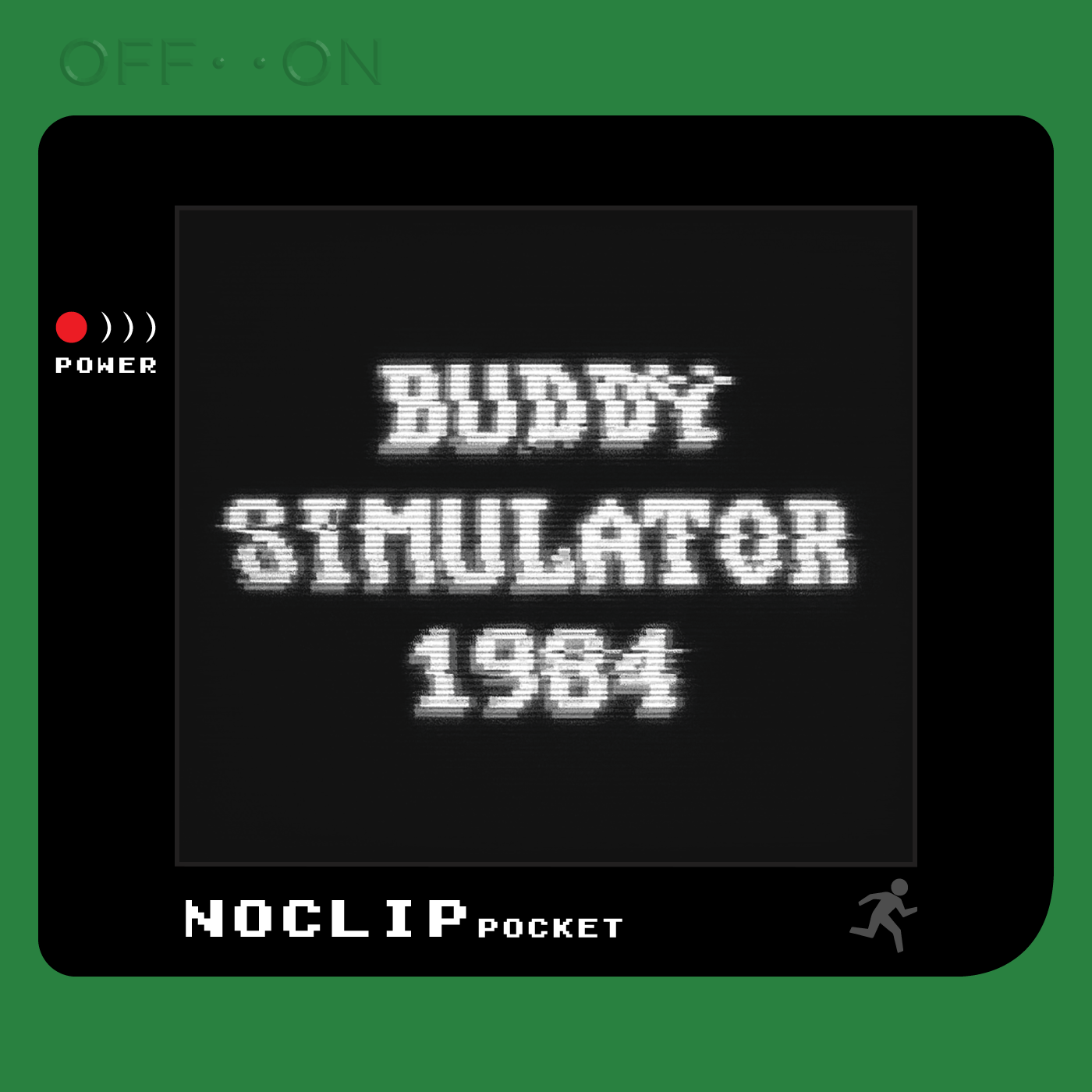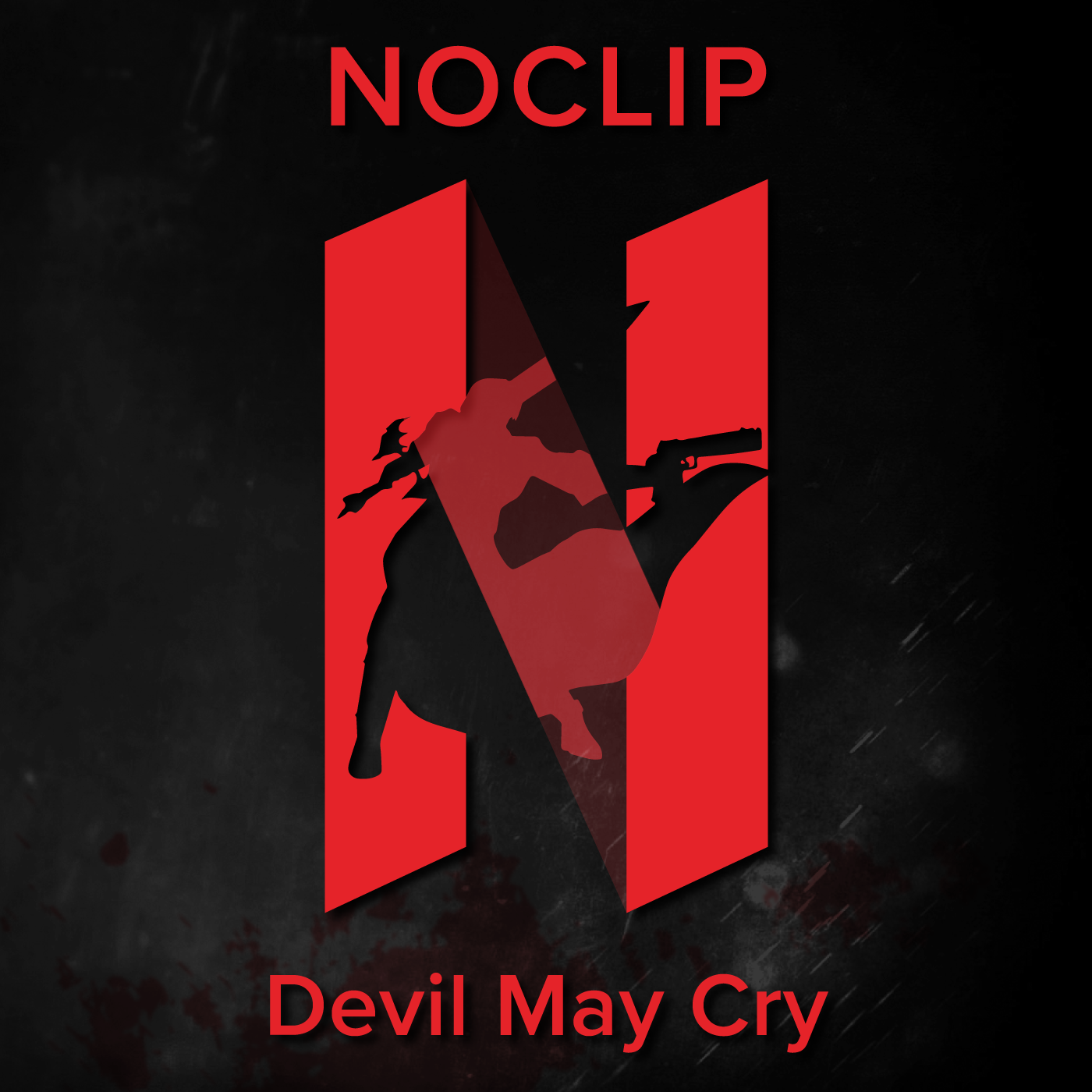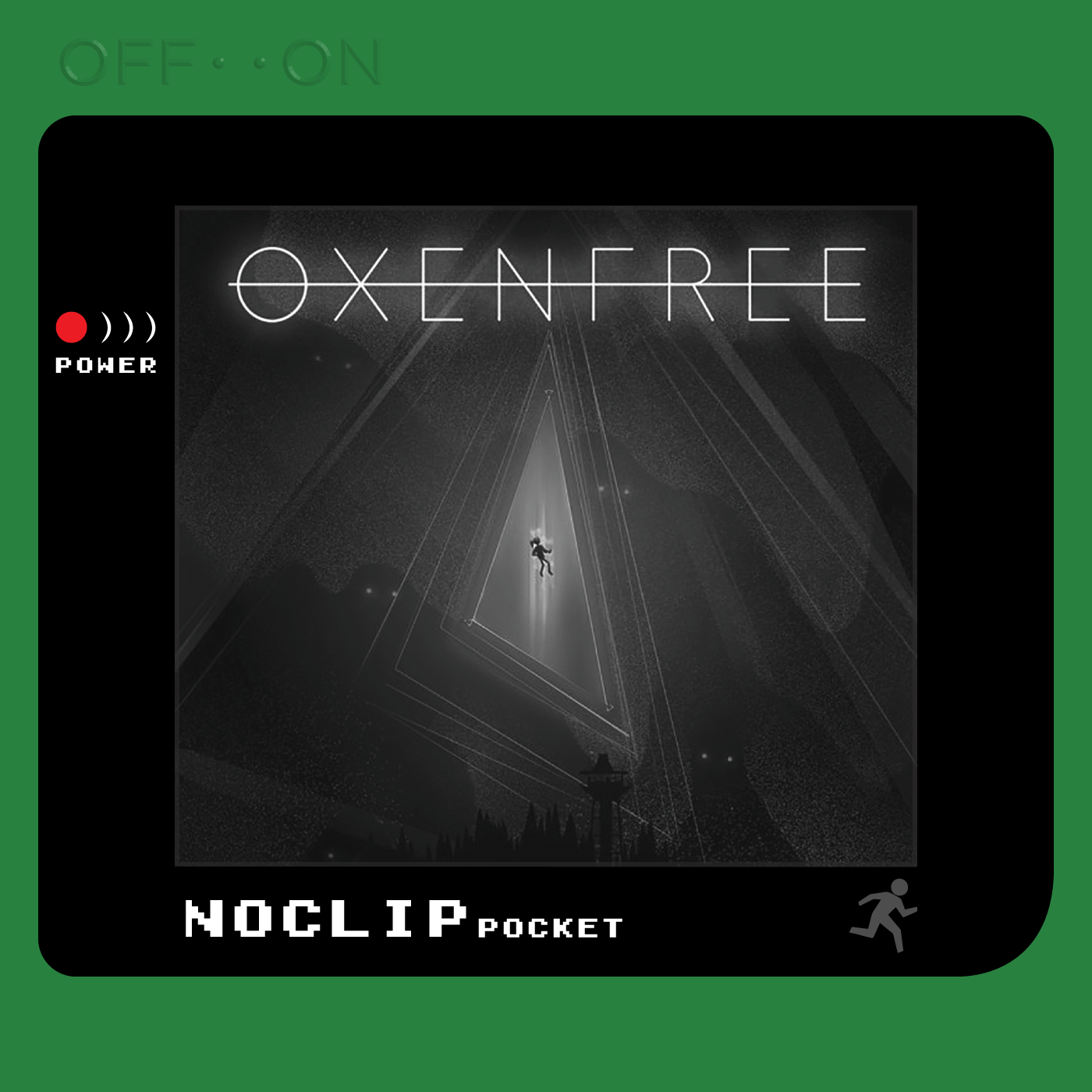Bah! What a thankless life! Being a podcaster in the age of monsters!
Welcome back to the podcast! Today, we’re going to be talking about Life is Strange: True Colors, because we just can’t quit this series apparently. The third game follows the gameplay precedents the series has adhered to thus far, being an adventure game in the “Telltale style” (a term that seems more and more dated since the studio was closed and then reanimated), that focuses on dialog trees and choice-matters narrative branches as opposed to puzzles. It even maintains a lot of the aesthetic and tone set up in the previous games, though notably the plot is now a lot more grounded barring Alex’s power to read and occasionally feel other’s emotions. And that power is probably the closest the series has come to smoothly integrating new mechanics into its overall structure, given how important emotions are to, you know, interfacing with other human beings. If you don’t know the series, everything revolves around its characters and plot, so we’d recommend playing the game first if you’re interested before listening to the episode and I won’t get into anything more spoiler-y here. We’re going to be talking about character building and how the game chooses to focus its emotional energy this time around, the setting of the game and how it succeeds in setting the groundwork for the game’s tone, but may stifle other aspects, and we spoil the true lore of the game which mixes an eldritch death cult and Invasion of the Body Snatchers.
Thanks for joining us today! If you’ve been listening for a while, you may have caught our episode on Life is Strange 2, which I would say we had…some issues with. Coming off a series low (in our opinion), we wondered if this third game could recapture what made the first game actually good. And it mostly does! We’d love to hear about your views on the trajectory of the franchise and whether you agree with our assessment on this (or any other LiS game). Let us know in the comments, or over on our Discord! Next time, we’re going from a game you can mostly play with one hand to a game that feels like you might need three to competently manage in Metroid Dread, so check us out then.





















